Basement Lighting Advice Needed
sjmaye
13 years ago
Related Stories

REMODELING GUIDESContractor Tips: Advice for Laundry Room Design
Thinking ahead when installing or moving a washer and dryer can prevent frustration and damage down the road
Full Story
BATHROOM DESIGNDreaming of a Spa Tub at Home? Read This Pro Advice First
Before you float away on visions of jets and bubbles and the steamiest water around, consider these very real spa tub issues
Full Story
DECORATING GUIDES10 Design Tips Learned From the Worst Advice Ever
If these Houzzers’ tales don’t bolster the courage of your design convictions, nothing will
Full Story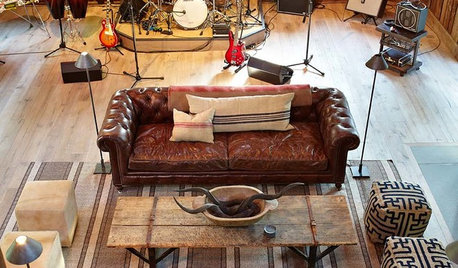
THE ART OF ARCHITECTURESound Advice for Designing a Home Music Studio
How to unleash your inner guitar hero without antagonizing the neighbors
Full Story
HEALTHY HOMEHow to Childproof Your Home: Expert Advice
Safety strategies, Part 1: Get the lowdown from the pros on which areas of the home need locks, lids, gates and more
Full Story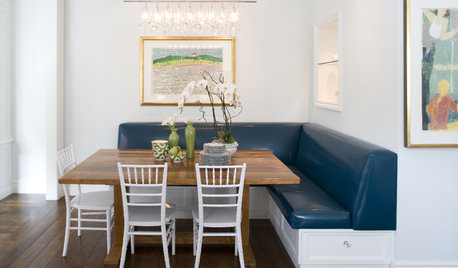
Straight-Up Advice for Corner Spaces
Neglected corners in the home waste valuable space. Here's how to put those overlooked spots to good use
Full Story
KITCHEN DESIGNSmart Investments in Kitchen Cabinetry — a Realtor's Advice
Get expert info on what cabinet features are worth the money, for both you and potential buyers of your home
Full Story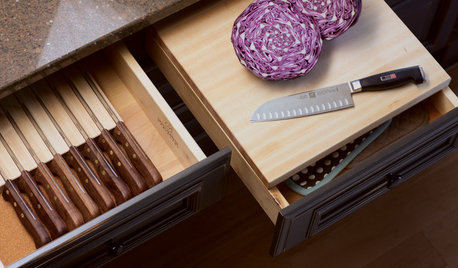
KITCHEN STORAGEKnife Shopping and Storage: Advice From a Kitchen Pro
Get your kitchen holiday ready by choosing the right knives and storing them safely and efficiently
Full Story
FARM YOUR YARDAdvice on Canyon Farming From L.A.'s Vegetable Whisperer
See how a screened garden house and raised beds help an edible garden in a Los Angeles canyon thrive
Full Story





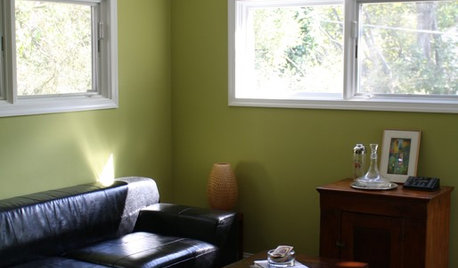
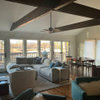
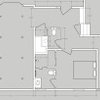
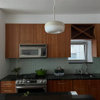

housavvy
sjmayeOriginal Author
Related Professionals
Green Bay Lighting · Spring Lighting · Bronx Furniture & Accessories · Franklin Furniture & Accessories · Lake Zurich Furniture & Accessories · Fort Carson Furniture & Accessories · Naples Furniture & Accessories · Ogden Interior Designers & Decorators · Concord Electricians · Adrian Decks, Patios & Outdoor Enclosures · Chandler Decks, Patios & Outdoor Enclosures · Huber Heights Decks, Patios & Outdoor Enclosures · Myrtle Beach Decks, Patios & Outdoor Enclosures · Roseville Decks, Patios & Outdoor Enclosures · Stafford Decks, Patios & Outdoor EnclosuresDavidR
sjmayeOriginal Author
DavidR
sjmayeOriginal Author
DavidR
sjmayeOriginal Author
DavidR
sajakh
DavidR
greencleaning
sweetdog2